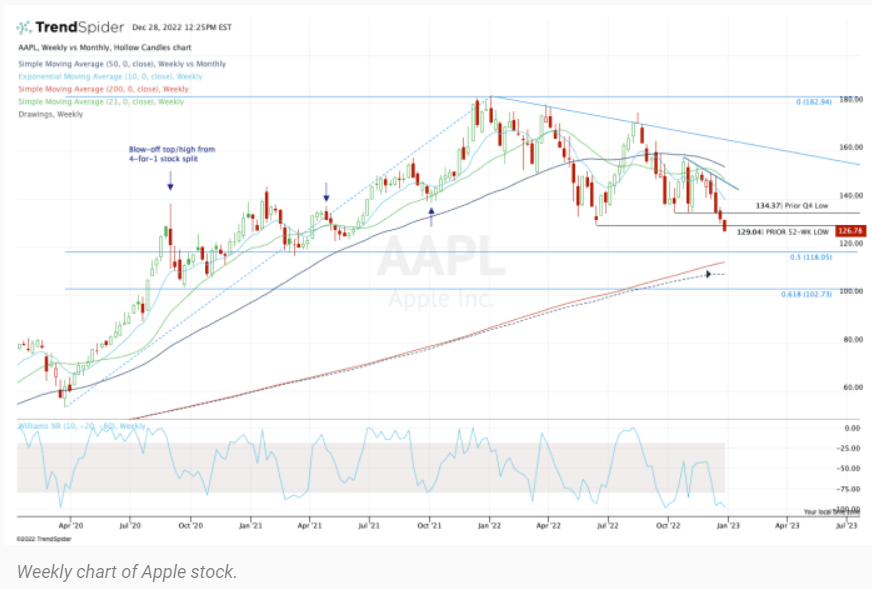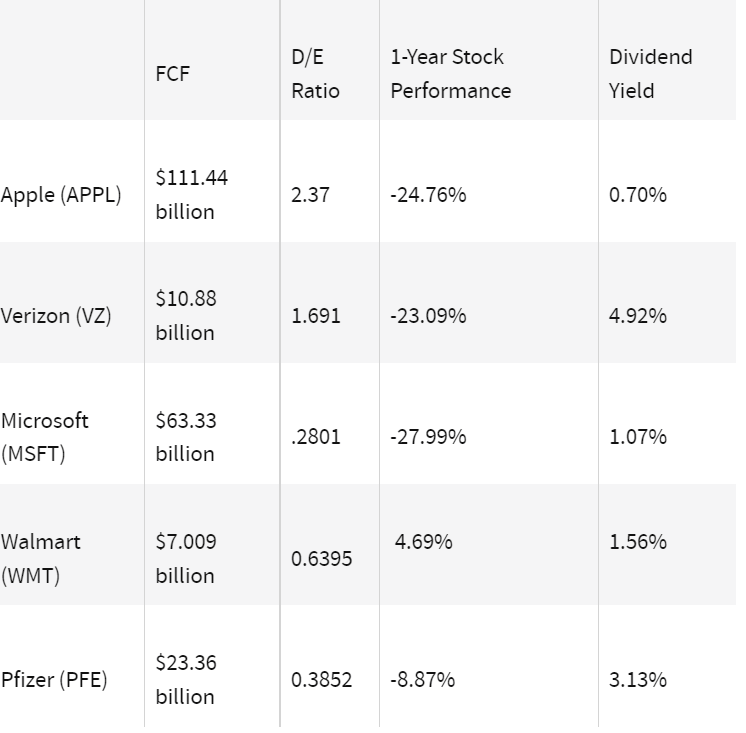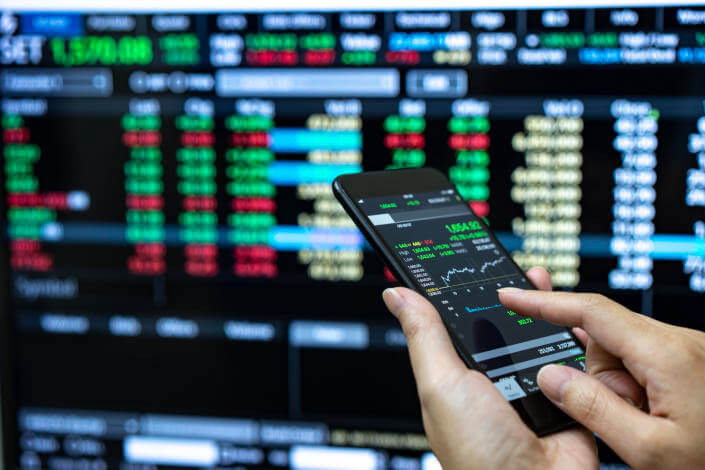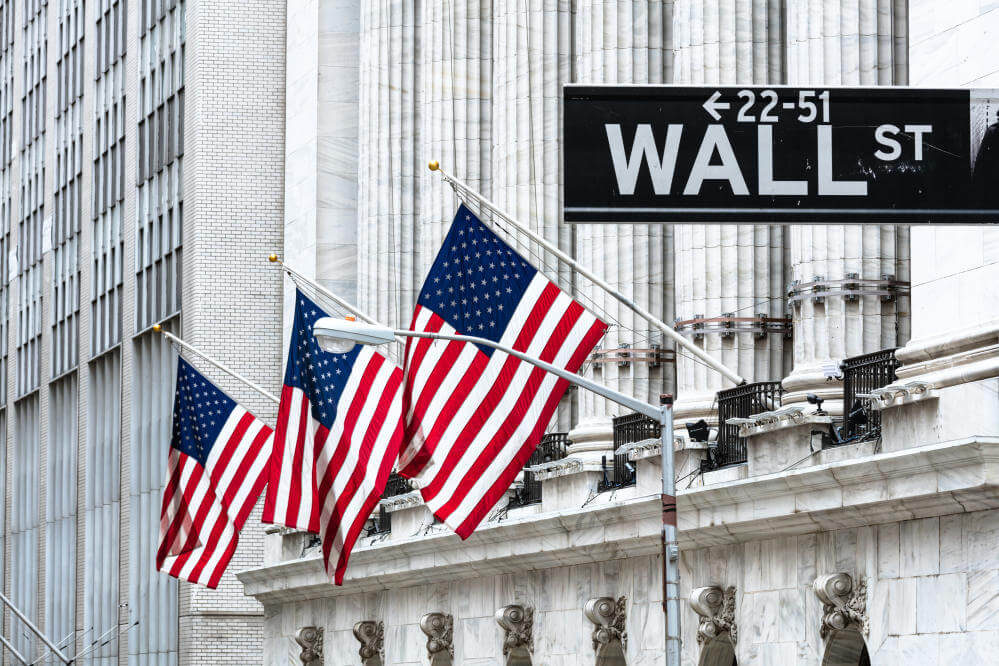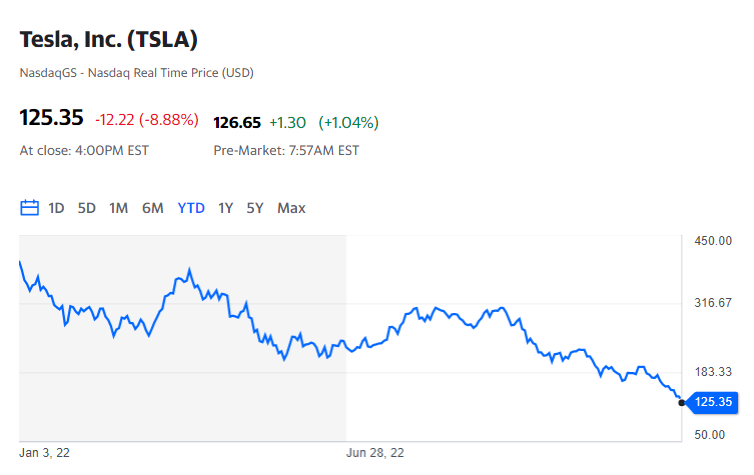These 4 REITs May Be At Risk Of A Dividend Cut
Though the majority of publicly-traded real estate investment trusts (REITs) have been recovering over the past two months, the Federal Reserve’s hawkish stance combined with the macroeconomic uncertainties raise questions regarding their latest upswing.
Following the slightly hotter-than-expected inflation data released earlier this month, the Federal Reserve will likely keep up its aggressive rate hikes in 2023, which might wipe out recent gains. This comes as Fed Chair Jerome Powell stated in the last Federal Open Market Committee meeting, “It will take substantially more evidence to have confidence that inflation is on a sustained downward path.”
Given the increasing borrowing costs, the profit margins of many REITs are expected to shrink further, resulting in potential dividend cuts.
SL Green Realty
SL Green Realty Corp. (NYSE: SLG) is New York City’s largest office landlord, owning and operating 33.6 million square feet across 62 commercial buildings. The office REIT currently pays $3.25 in dividends annually — divided into equal monthly installments — yielding 9.6% on the current price.
But don’t be tempted by the impressive dividend yield. SL Green Realty has been pummeled by the declining demand and occupancy of office properties amid the rising popularity of remote work culture. The REIT reduced its dividend per share by 12.9% to $0.3108 for December, as it expects its operating cash flows and funds available for distribution to decline next year.
SL Green Realty stock was also recently downgraded by BMO Capital Markets analyst John Kim as well as Scotiabank analyst Nicholas Yulico. After the office REIT slashed its monthly dividend on Dec. 5, Kim downgraded the stock to Market Perform from Outperform, while Yulico downgraded it to Sector Underperform.
Many analysts expect the company’s loss margins to widen next year as the rising interest rates tighten spreads. SL Green Realty might incorporate further dividend cuts next year.
Douglas Emmett
Douglas Emmett Inc. (NYSE: DEI) is a residential REIT that owns and operates more than 4,600 apartment units in Los Angeles and Honolulu. It also has ownership interests in office spaces in the submarket regions of the two cities.
The REIT pays $0.76 in dividends annually, translating to a 4.75% yield. It slashed its dividend payouts by over 32% quarter over quarter from $0.28 to $0.19 per share for the fiscal fourth quarter.
With Douglas Emmett’s growth prospects over the next year being bleak at best as the Fed maintains its hawkish stance, several dividend cuts could be on the horizon. Shares of Douglas Emmett hit 52-week lows on Dec. 7.
AGNC Investment
AGNC Investment Corp. (NASDAQ: AGNC) is one of the most prominent agency-backed mortgage REITs (mREITs) in the U.S. Unsurprisingly, the REIT has been hard hit by the rate hikes, as its shares fell by nearly 30% year to date.
AGNC Investment’s latest financials reflect a substantial downturn, as the market headwinds linger.
“Broad-based weakness in the financial markets, and fixed income markets in particular, continued in the third quarter of 2022 as global macroeconomic and monetary policy uncertainty intensified,” AGNC Investment President and CEO Peter Federico said. “This dynamic contributed to the underperformance of agency MBS [mortgage-backed securities] in the third quarter.”
In the fiscal third quarter that ended Sept. 30, the REIT’s tangible book value per share stood at $9.08, a 20.6% decline from the prior quarter. Its comprehensive net loss amounted to $2.01 per share, while economic return came in at negative 17.4%.
Though AGNC’s bottom line is expected to improve in this quarter, the number is expected to be significantly lower compared to the fiscal fourth quarter of 2021. The REIT might slash its dividend payouts in the upcoming months as its profit margins dwindle. It currently pays $1.44 in dividends annually, yielding 13.47%. AGNC Investment has a poor payout history, as its dividend payouts have declined at a 10.7% compound annual growth rate (CAGR) over the past three years.
Office Income Properties
Office Properties Income Trust (NASDAQ: OPI) owns and leases commercial office properties primarily to investment-grade rated single tenants. The commercial REIT pays $2.20 in dividends annually, yielding an impressive 15.9% on the current stock price.
But the high dividend yield percentage might be a yield trap, given its unfavorable financials. Over the past five years, the REIT’s dividend payouts have declined at a 20.4% CAGR. Shares of Office Income Properties have plunged by over 44% over the past year. Office Income Properties Trust’s total shareholder returns over the past five years stood at negative 69%.
The consensus revenue estimate of $139.17 million for the fiscal fourth quarter ending Dec.
31 indicates a 5.5% year-over-year decline. Analysts expect the REIT’s adjusted funds from operations to be negative, which might result in dividend cuts down the line.
Source: finance.yahoo.com



